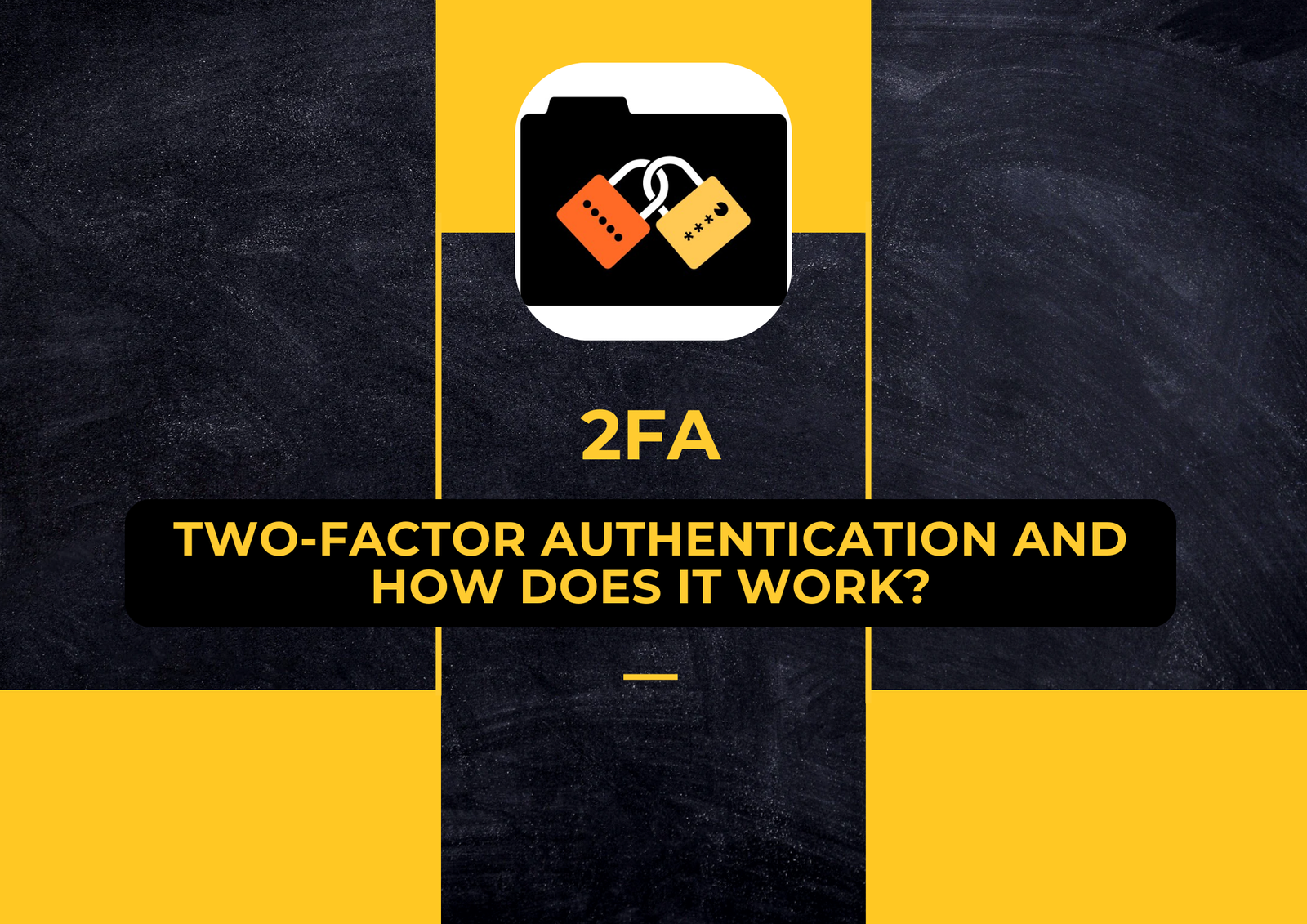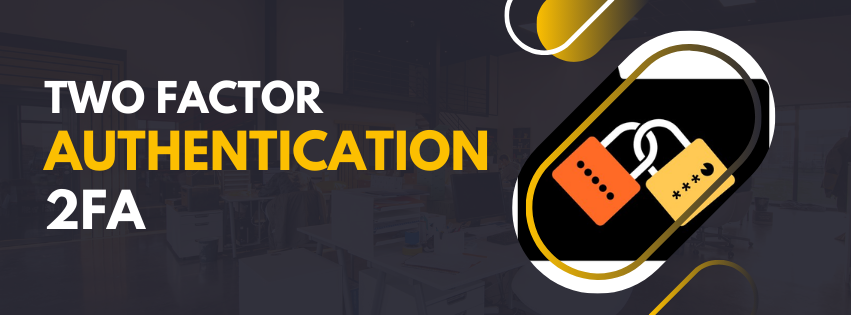
In today’s digital age, the security of our online accounts is essential. We’ve all heard of two-factor authentication, but have we truly learned how it works and how important it is? Let’s talk about how it works and why protecting our accounts is essential.

It’s simple with a username and password. But why? The username identifies us; we generally use our names daily. Because our name is not unique (someone else could have the same name), most entities assign us an identity they generate. The government issues us an ID, the bank an IBAN (International Bank Account Number), the library a membership card, and so on.
This is the easy part: knowing who is who. Now, we’ll have to prove it. When we approach a physical business to pick up laundry we left an hour ago, we offer our name, and the person recognizes us based on our looks; this is our demonstration or proof of identity.
If necessary, they can request a document from a recognized entity, such as our ID. With this combination of factors, identification, and demonstration, we can go almost anywhere.
What is so simple in everyday life becomes extremely complicated when we bring it to the internet. How does Apple know who we are? We direct them to [email protected] for easy communication. And how can we prove it? We use our password—a password that, if done correctly, only we and no one else should know, but is also complicated enough that no one can guess it. The idea is easy, but the practice is more complicated.
Although it appears to be a safe system, it has problems. The passwords we choose are frequently similar or identical across many platforms. Furthermore, they may leak due to server programming flaws, making our data vulnerable.
In such cases, anyone may imitate us, with the repercussions ranging from minor inconveniences to devastating consequences. Without two-factor authentication, our online accounts are like open doors, inviting potential threats.
It’s time to take control of our digital security.
Here’s where two-factor authentication comes in. By adding a second factor, we increase the security of our accounts. Consider that, in addition to our identity, the laundry asks for the receipt they gave us previously.
That’s exactly what the second factor does: it requires both something we know (our password) and something we have (such as a PIN or a code generated by a trusted device).
It’s like having a lock on our door that needs both a key and a fingerprint to open. This double layer of security ensures that only we can access our accounts.
Using Apple as an example, with two-factor authentication enabled, a code is produced on our trusted devices each time we attempt to access our account. As a result, even if someone obtains our password—which should trigger us to reset our Apple ID password right away—they cannot access the account without that code.
Enabling two-factor authentication is not just an extra step when checking in. It’s a crucial layer of security that makes unauthorized access to our accounts more difficult.
This step provides more protection for our digital information. And the best part? It’s as simple as going to our iPhone’s Settings app, touching our name, entering Sign in and security, and selecting the appropriate choice. This setting, available on any device, can radically alter the security of our Apple ID, putting the power of protection in our hands.



